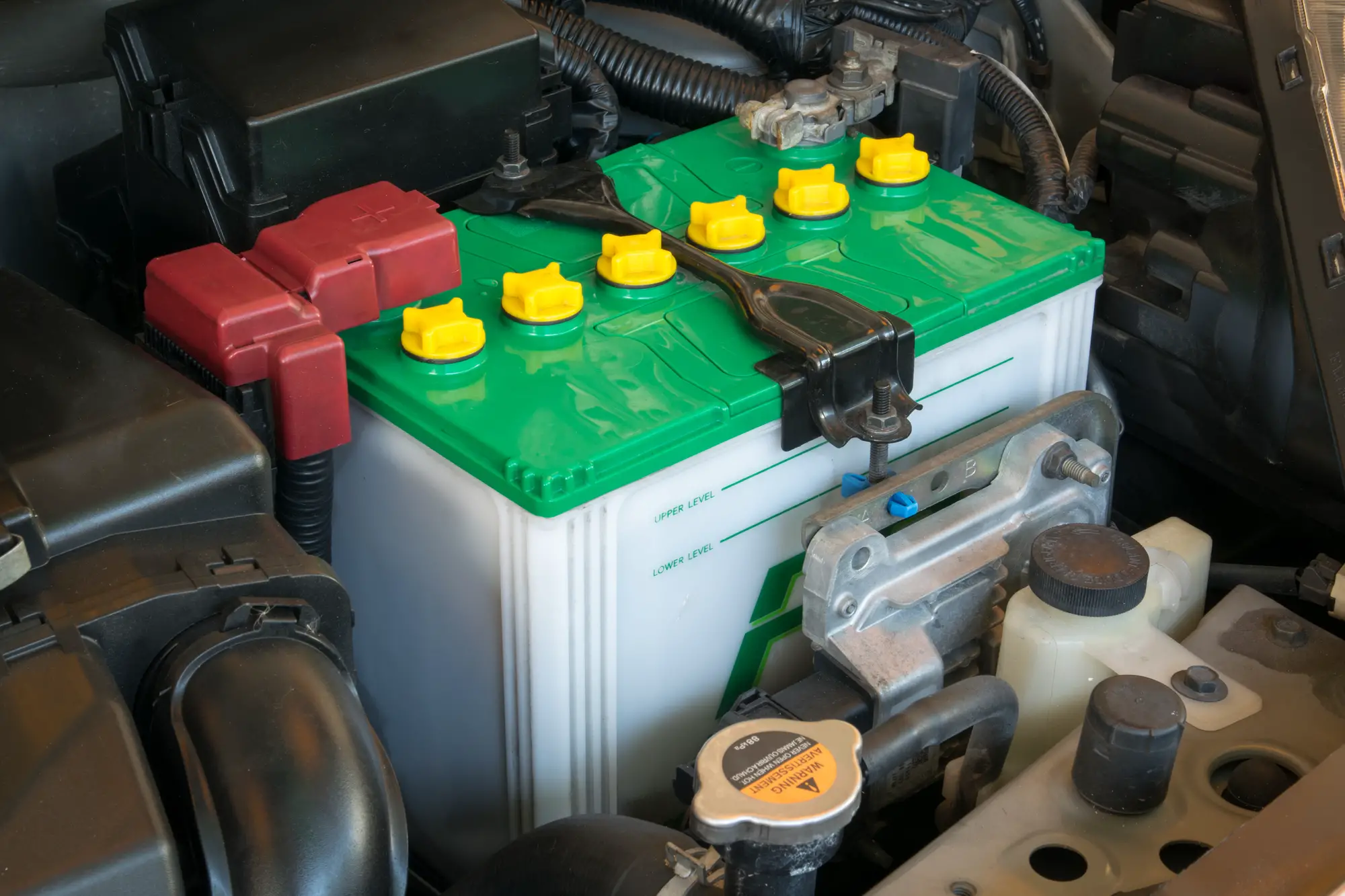The battery in your vehicle is an integral part of the whole system. Your battery is what starts the vehicle, and if you run out of battery in the middle of the road, it can be challenging to get your car to start. So if you own a car, you might wonder how long car batteries last and how to jump-start a car in case you run out of battery in the middle of nowhere?
Knowing how vehicle batteries work and how you can get the best use of them and make them last longer can help you save some precious bucks and save you from many hassles. Let’s find out everything you need to know about car batteries.
How long do car batteries last?
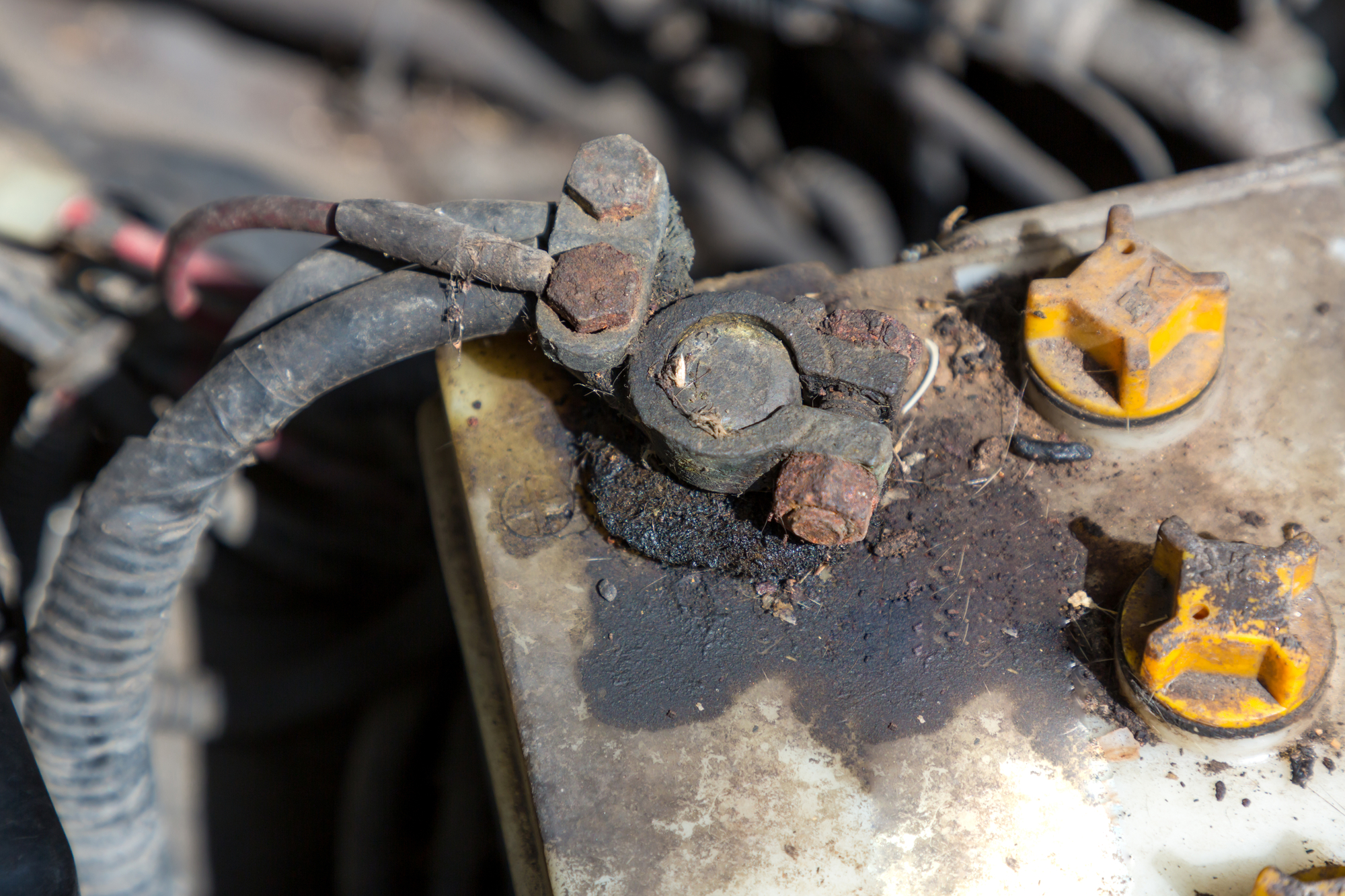
Average car battery life usually is anywhere from 3 to 5 years. After you purchase a new battery, it begins to deteriorate gradually until it can no longer provide sufficient power to the vehicle. After a point, they tend to die out. This is usually true for all kinds of batteries.
However, several factors can affect your car’s battery’s lifespan and health. How frequently you use it, how long you charge it, and how long you keep it parked can affect the length of a car battery’s lifespan. Even where you live can affect your car’s battery’s lifespan, as heat is an essential factor that affects batteries, and different places have different climates.
For instance, in cool places like the North, your battery might last five years or more with proper care. But the same battery will die out faster in a hot climate with lots of humidity and heat. Nonetheless, in extreme cold battery lasts less amount of time, due to reduced capacity.
The inside of a car is already scorched by the motor. So, if you can take measures to keep the battery isolated as possible, it can help lengthen the life of your car battery. Vibrations are also another essential factor that can affect battery life. Constant vibrations can cause the materials inside the battery to break down. So try to minimize vibrations.
The exact length of a battery’s life is difficult to pinpoint since each battery survives in different conditions. But with proper care and precautions, you can expect your battery to last at least three years or more.
Tips to make your car batteries last longer
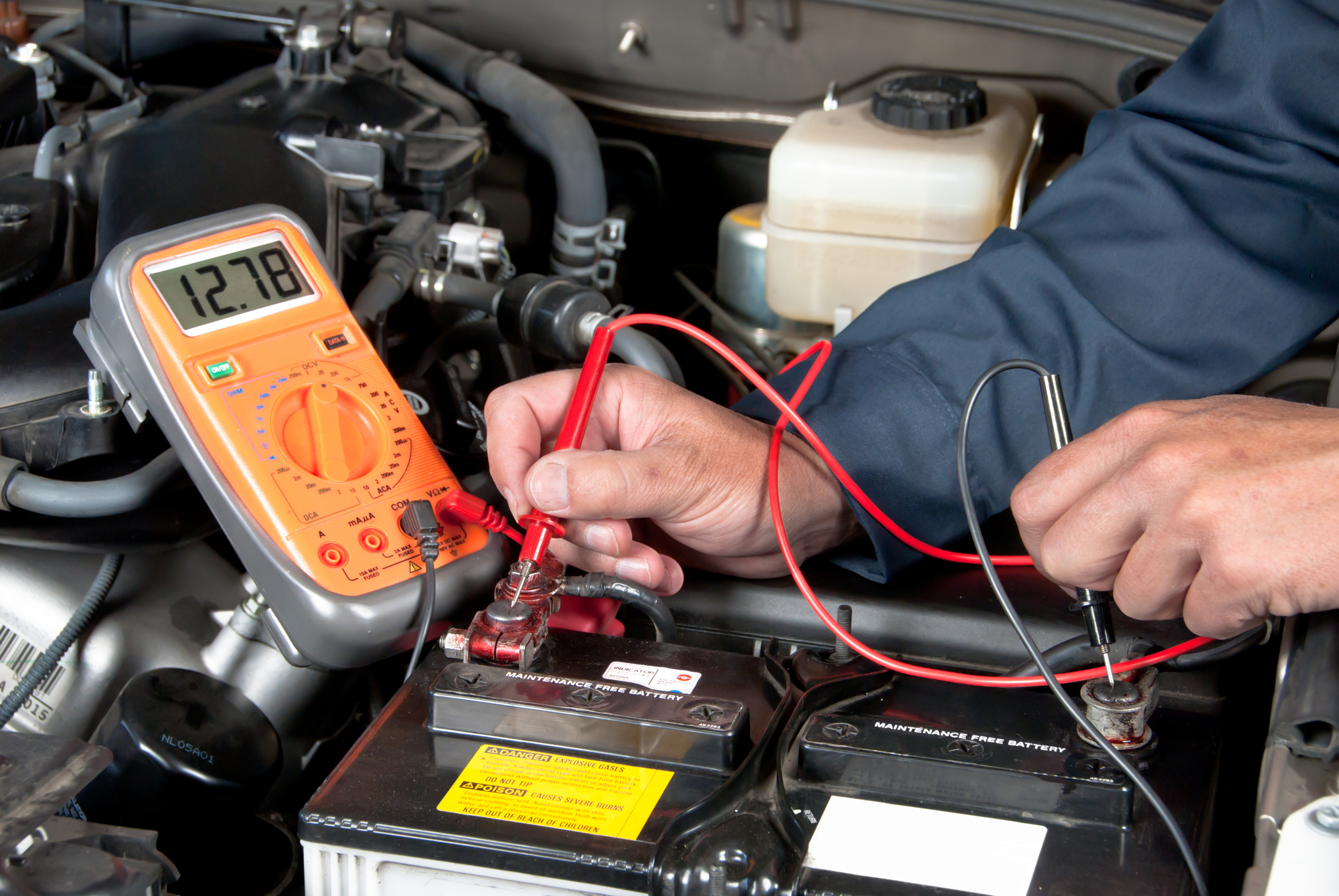
You can still take steps to ensure that your car battery doesn’t die out in a year. While it can be challenging to control weather conditions and other factors that affect car battery life. Follow these tips to make your car battery last longer.
- Don’t leave your car idle for an extended period of time
Your car battery and even your car will work better if you use it regularly. If you only take your vehicle out on short trips and leave it idle most of the time, this does not give your battery enough time to recharge.
Even if you leave your car parked for long periods, the battery naturally discharges and can heat up and collect dust. It causes a lot of problems and decreases car battery life. So try to take your car out for a ride at least once a week for 30 minutes or more.
- Test your batteries regularly
Suppose you want to avoid your battery from dying randomly. In that case, it’s an excellent idea to regularly get a mechanic to test if it working properly. They will let you know if something is wrong and what you can do to prevent further damage (if any) from occurring. Keeping your car working well is also an excellent way to keep your battery working optimally.
You can also do car battery test yourself using a voltmeter. If you want an accurate reading, you should test your vehicle after 12 hours since you turned it off. A good reading should be between 12.4 to 12.8 Volts. Any less or more, and you should get battery checked out by a mechanic, and eventually ask for battery replacement.
- Don’t keep your electronics on when your engine is off
When you turn off your engine, all the electronics inside your car use the battery’s power to run. This can drain the battery life significantly. Try not to use things like the car light or the radio with your engine off.
You should also remember to lock your car correctly every time you leave it. Some car’s electrical system running until the car is closed correctly. So your car might be taking up power without you knowing it. So check everything if you don’t want dead battery on your vehicle.
- Clean your battery regularly
Like the rest of your vehicle, you should keep your vehicle’s battery clean. Over time, grime and grease buildup on the battery can cause corrosion and leakage. This can cause a short circuit and flatten your battery.
So try to wipe down your battery surface with a sponge or dry cloth, and do this regularly to avoid buildup. You can get the battery terminals and clamps professionally cleaned when you service your car.
How to jump-start a car?
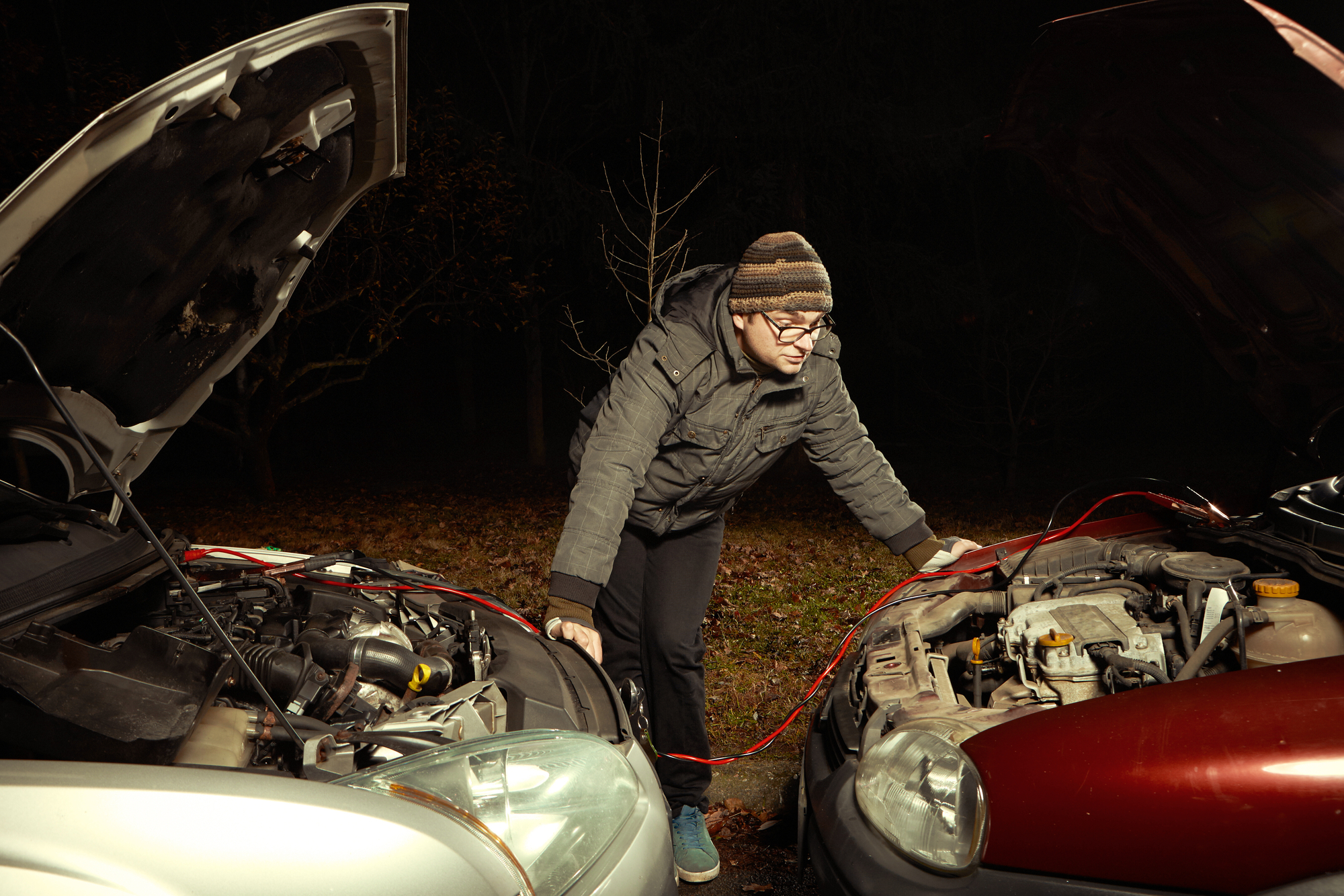
To jump-start your car, take the red side of your jumper cables and connect it to the positive terminals of the two-car batteries, both the dead car and the working car. Take the black cable and connect the negative terminal of the working car’s battery to an unpainted metal surface on the dead car’s surface.
Start both of the cars up, then remove the cables, starting from the surface of the dead car and then backward. Keep the engine running for a few minutes until the car seems okay again. Then take the car for a drive to see if it works properly.
If you get stuck in the middle of the road, wait for a car to pass by so you can ask for help. This should help you get to a mechanics’ shop close by if you need to. Once you get help from a working vehicle, you can jump-start your vehicle and be on your way.
How do you know when your car needs a new battery?
You don’t have to wait until your battery entirely dies out before you change it. There is couple of warning signs for bad battery:
- If your motor takes a long time to start, you have battery light on dashboard or low voltage on the electronics, or if you’ve had your battery for more than five years, it’s probably time to change your battery.
- Even the check engine light can signal that you need to change your battery. Look out for signs of corrosion battery terminals or leakage and weird chemical smells. This sign means your battery is old or damaged, or both.
- Lastly, if you have kept your vehicle lying around for too long and haven’t used it for months, you might need battery replacement. Either way, it’s always good to consult a mechanic before replacing your battery.
How do car batteries work?

Car batteries work by converting chemical energy into electrical energy, which is then used to start the car. Most car batteries use a lead-acid chemical reaction to produce this energy. There are lead and acid plates in the battery submerged in sulfuric acid, a catalyst in this reaction.
When you ignite the car, the reaction starts and produces electrons. These electrons then flow to the starter motor on engine, starting the vehicle. This flow of electrons is known as electricity. Thus, a reactions inside the battery produces electrical power to start your vehicle. This reaction is reversible, which is why you can recharge your car battery or jump-start it.
Most car batteries contain six cells, each of which has its own chemical reaction and produces about 2 volts of electricity. If you’re wondering how many Volts are in a car battery, then the answer would be 12 volts. The resting voltage, or the voltage when the battery is fully charged, is about 12.6 volts. It rises and falls as you use it.
How to charge car battery?
Every car have a charging system. Whenever you start your car and drive it, your vehicle’s alternator charges its battery as you drive. A working battery will get fully charged as long as you drive for at least 30 minutes at highway speeds. Your engine helps to charge the battery as you drive, and it loses charge when it sits idle.
If you don’t drive your car a lot or already have a car that won’t start up, you might need to charge your cars battery with a battery charger. So you can keep your battery charged, even if you don’t drive a lot.
To charge your battery with a charger, connect the red clamp of the charger to the positive terminal of your car battery and the black clamp to the negative one. Make sure you wear gloves and disconnect the charger from the power supply. You don’t want to get shocked.
Once you are sure everything is securely connected, plug in the charger to the power supply or wall socket and turn it on. Please read the instructions to know how long to charge it for. Be very careful and take proper safety precautions.
How to disconnect car battery?
If you need to disconnect your car’s battery:
- Start by turning off the ignition.
- Make sure there is no flowing electricity. Loosen the nut on the negative battery terminal.
- Remove the connector.
- Repeat with the positive terminal, and your battery is disconnected.
You must be very careful while doing this, as a tiny mistake can cause a short circuit and damage your car and battery. Wear proper safety clothing and gloves; even eye protection can be helpful.
When you remove the connectors, leave them as far away from each other as possible. Remember never to let the wrench simultaneously touch the negative and positive terminals. This connection can create a conduction path between the two.
How to change car battery?
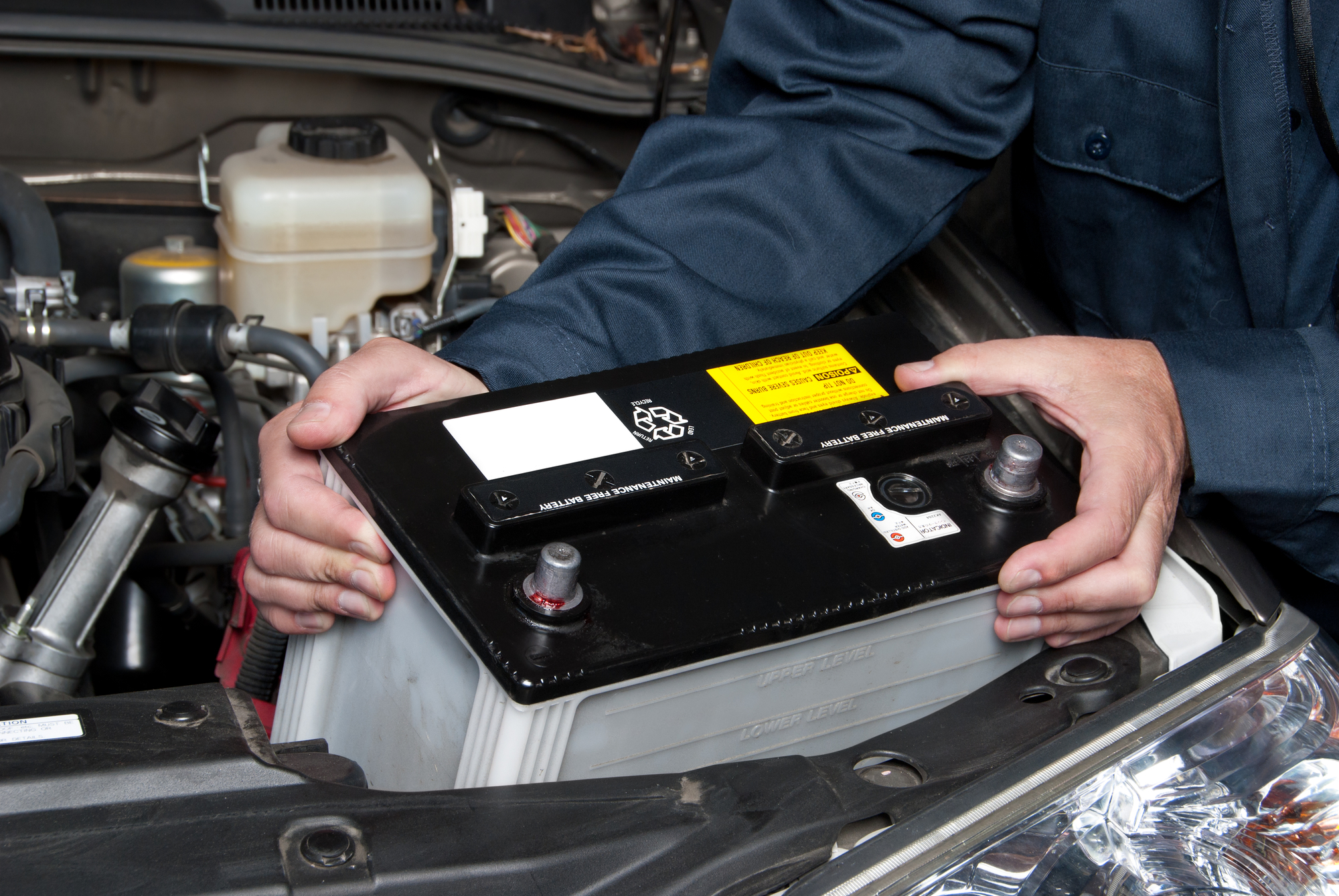
To change the car’s battery, first, disconnect the terminals. Then use the handle (if it has one) to lift it out. You can clean the space and the battery at this point. Remember which way everything is placed to put the new car battery in the same position. Put the new battery down in the same way the old one was. Then connect the terminals to the battery.
When connecting the battery again, you go the opposite way you disconnected it. So you start with the positive terminal first. Reconnect the cable and tighten the nut on the positive terminal with a wrench. Then repeat with the negative terminal, and you’re done!
Make sure everything is tight and secured in place before igniting your engine. You should also turn off your engine and everything else before attempting to change the battery. Wear protective clothing and be careful. Once you are done, you should be able to ignite the engine and start the car up!
How to test a car battery?
You can test a car battery yourself with a multimeter or a voltmeter. Start by connecting the battery’s positive terminal to the red clamp of the multimeter, and the black clamp should go to the negative terminal. Look at the reading on the multimeter, and turn the dial to volts.
If the reading is near 12.6 Volts, your battery is fine. This reading is the resting voltage. Next, you can start the vehicle and then check the revised voltage. The voltage should be above 5. If your readings are not close to 12.6 Volts at rest and less than 5 volts when running, your have a dead battery, and you should consider to be replace it. You can also get a mechanic to double-check it.
Conclusion
By now, you hopefully know the answer to how long do car batteries last. They will last you a reasonable amount of time with proper care and attention. If your battery betray you in the middle of the road, you also know how to jump-start a car.
So, we hope you found this information helpful. If you have any other questions about car batteries or cars, ask us below!

